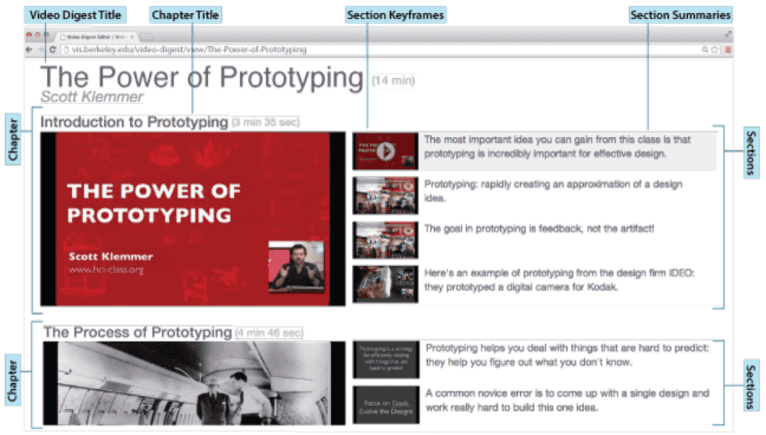Amy Pavel
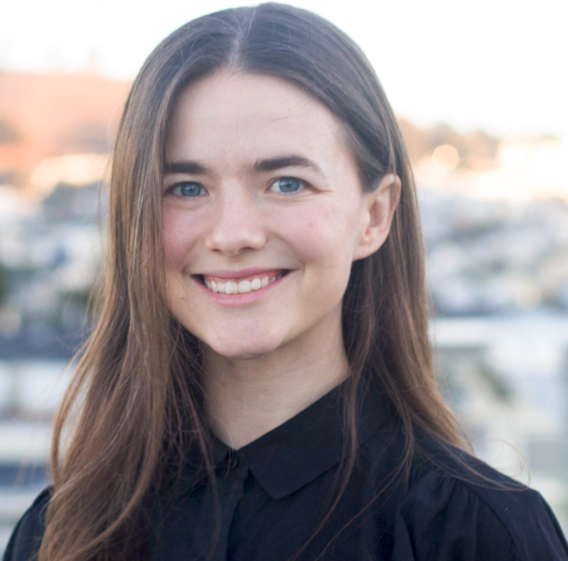
Assistant Professor
University of Texas at Austin
Computer Science
Email apavel@cs.utexas.edu
Office GDC 3.704
Twitter @amypavel
Publications Google Scholar
Curriculum Vitae PDF
People
Ph.D. Students: Mina Huh, Karim Benharrak, Yi-Hao Peng (co-advised with Jeffrey P. Bigham)
Masters, Undergraduates, and RAs: Ananya G M, Aadit Barua, Akhil Iyer, Yuning Zhang, Doeun Lee, Tess Van Daele, Pranav Venkatesh
Recent Alumni: Daniel Killough, Jalyn Derry, Aochen Jiao, Soumili Kole, Chitrank Gupta
I am an Assistant Professor in the Department of Computer Science at The University of Texas at Austin. I am recruiting Ph.D. students for Fall 2024. If you are a prospective graduate student or postdoc, please feel free to get in touch!
Previously, I was a postdoctoral fellow at Carnegie Mellon University (supervised by Jeff Bigham) and a Research Scientist at Apple. I received my PhD from the department of Electrical Engineering and Computer Science at UC Berkeley, advised by professors Björn Hartmann at UC Berkeley and Maneesh Agrawala at Stanford. My PhD work was supported by an NDSEG fellowship, a departmental Excellence Award, and a Sandisk Fellowship.
I regularly teach a Computer Science class covers the design and development of user interfaces (Introduction to Human-Computer Interaction). Prior versions of this class include CS160 at UC Berkeley in Summer 2018 and CS378 at UT Austin in Spring 2022.
Research Summary
As a systems researcher in Human-Computer Interaction, I embed machine learning technologies (e.g., Natural Language Processing) into new human interactions that I then deploy to test. Using my systems, remote content creators more effectively collaborate, video authors efficiently create accessible descriptions for blind users, and instructors help students to learn and retain key points. To inform future systems that capture what is important to domain experts and people with disabilities, I also conduct and collaborate on in-depth qualitative (e.g., AAC communication, memes) and quantitative studies (e.g., 360° Video, VR Saliency). My long term research goal is to make communication more effective and accessible.
Research Papers

Tess Van Daele, Akhil Iyer, Yuning Zhang, Jalyn Derry, Mina Huh, Amy Pavel
Conditionally Accepted to CHI 2024
PDF coming soon

Stephanie Valencia, Jessica Huynh, Emma Y Jiang, Yufei Wu, Teresa Wan, Zixuan Zheng, Henny Admoni, Jeffrey P. Bigham, Amy Pavel
Conditionally Accepted to CHI 2024
PDF coming soon
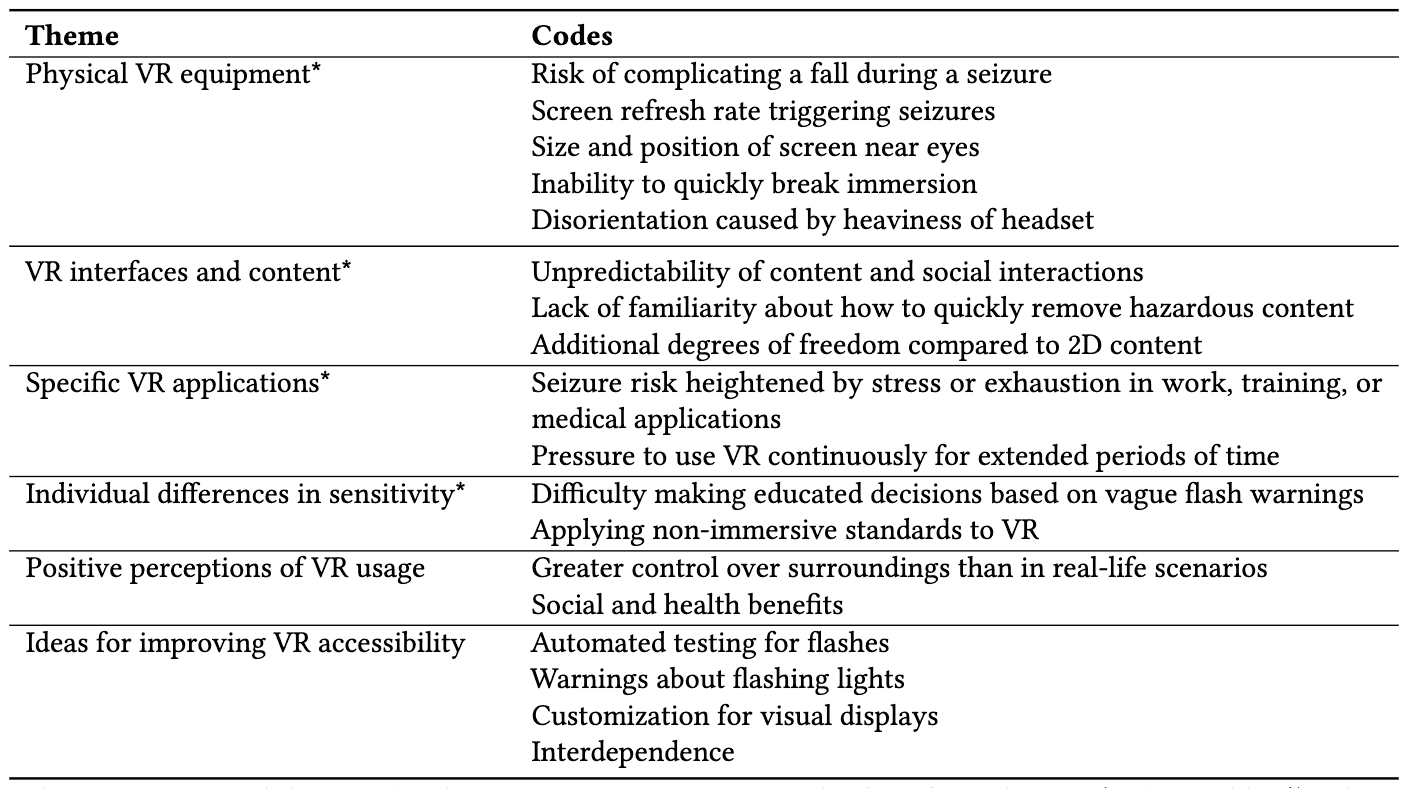
Laura South, Caglar Yildirim, Amy Pavel, Michelle A. Borkin
Conditionally Accepted to CHI 2024

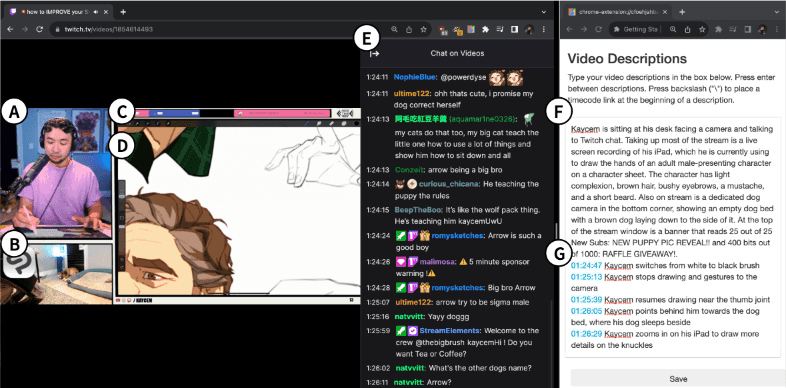
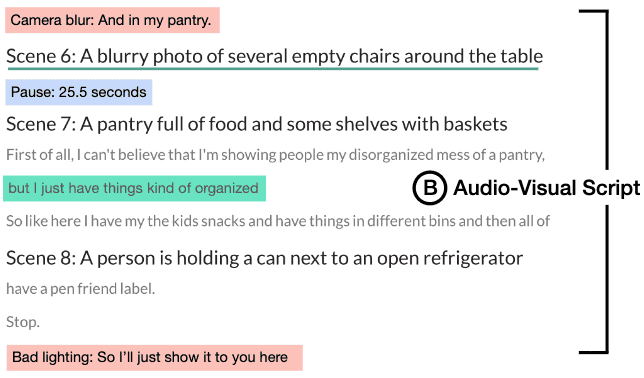
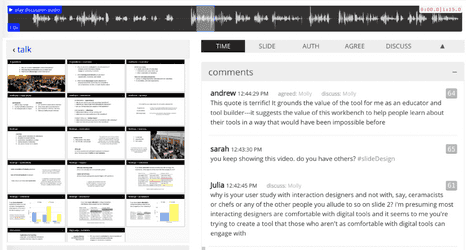

Xingyu Liu, Ruolin Wang, Dingzeyu Li, Xiang "Anthony" Chen, Amy Pavel
UIST 2022
PDF | Project Page | Video

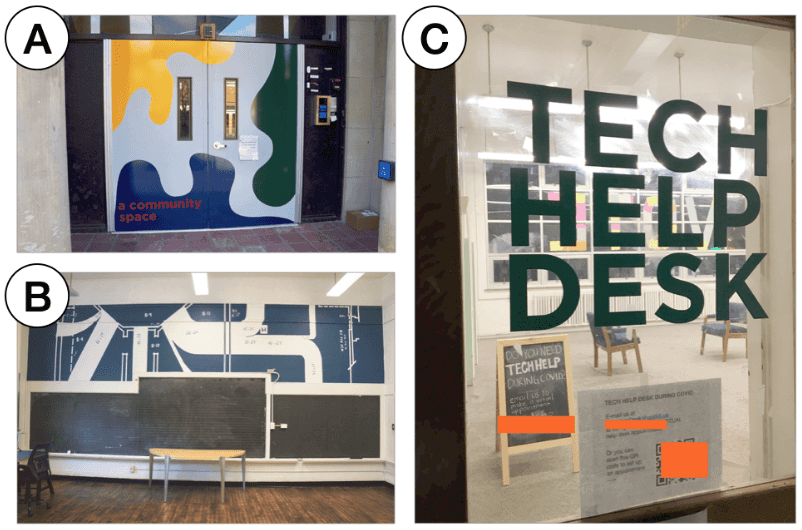
Yasmine Kotturi, Herman T Johnson, Michael Skirpan, Sarah E Fox, Jeffrey P. Bigham, Amy Pavel
CHI 2022

Candace Williams, Lilian de Greef, Ed Harris III, Amy Pavel, Cynthia L. Bennett
W4A 2022

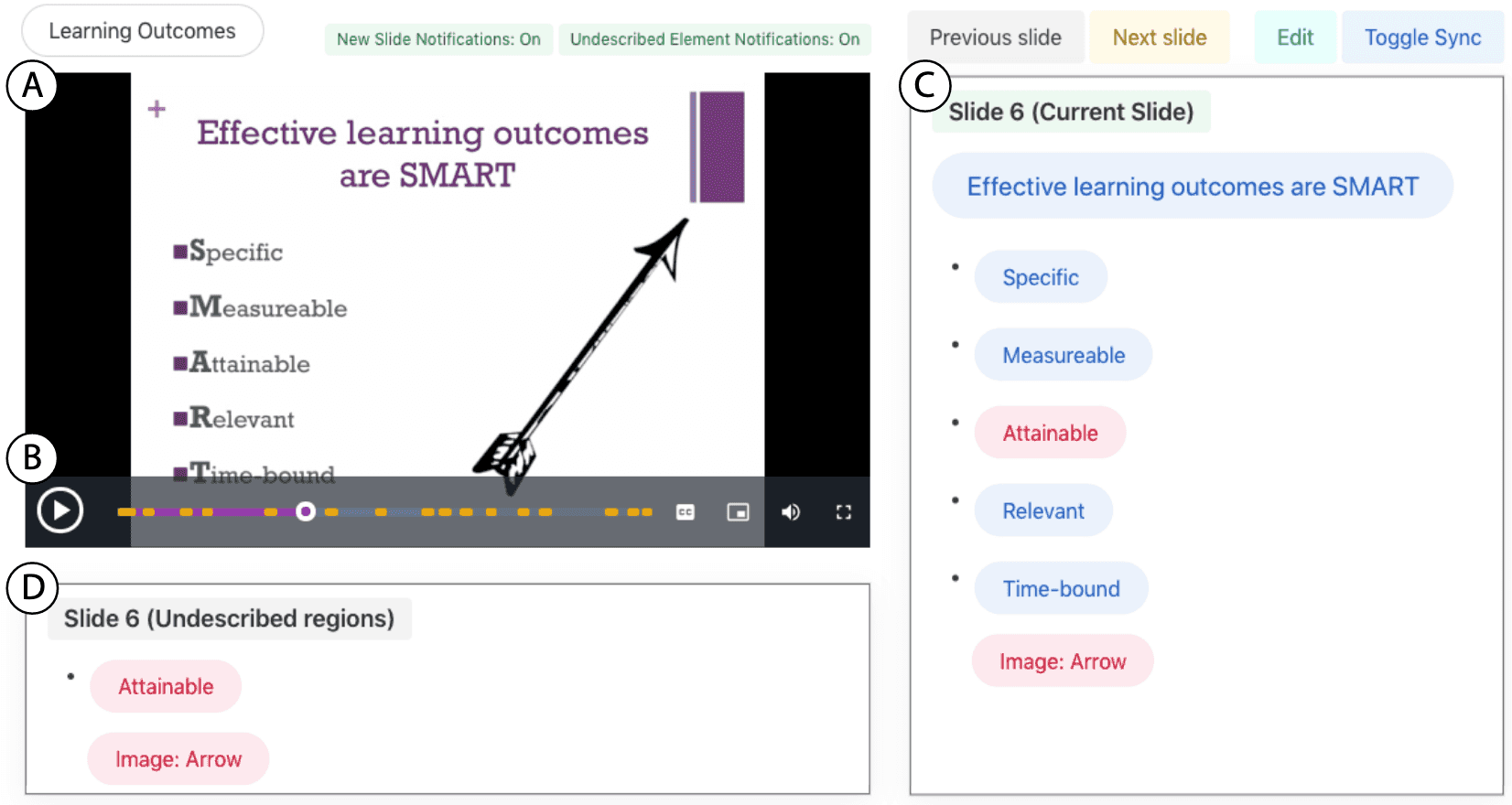
Yi-Hao Peng, Jeffrey P. Bigham, Amy Pavel
ASSETS 2021
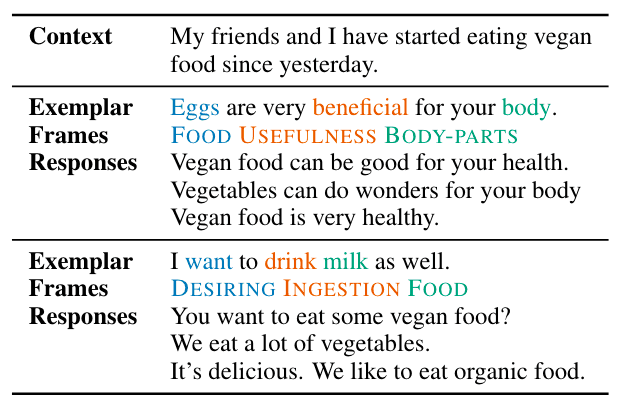
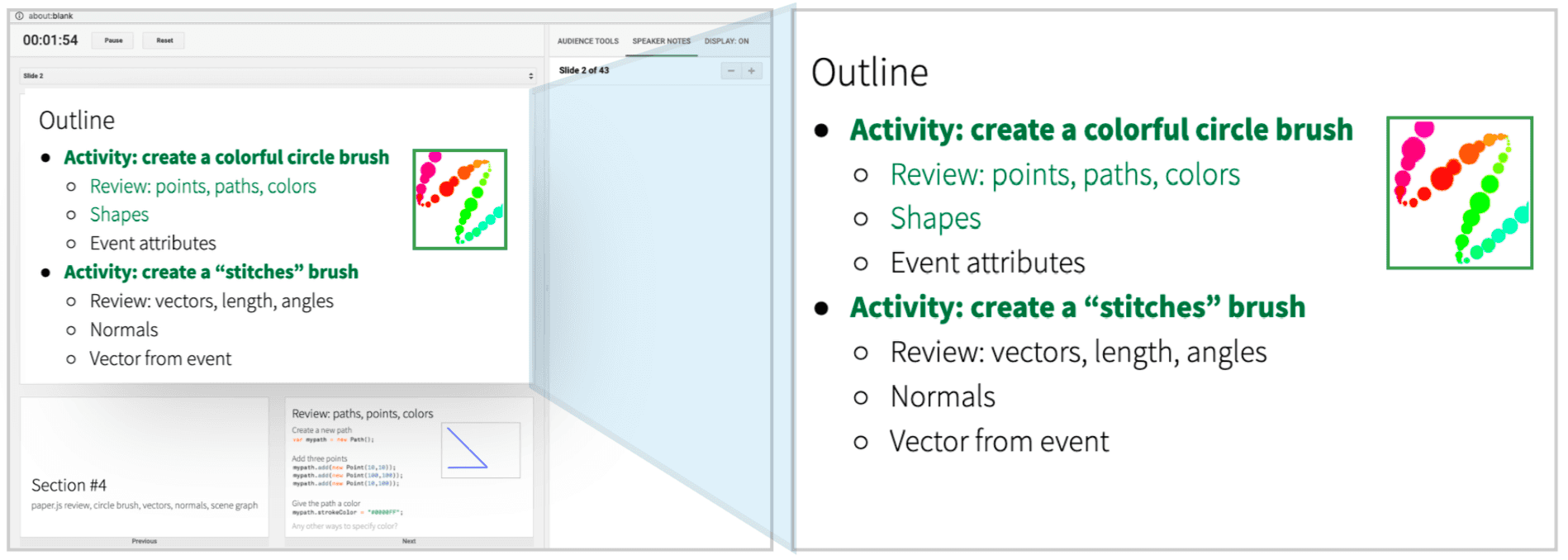
Yi-Hao Peng, JiWoong Jang, Jeffrey P. Bigham, Amy Pavel
CHI 2021

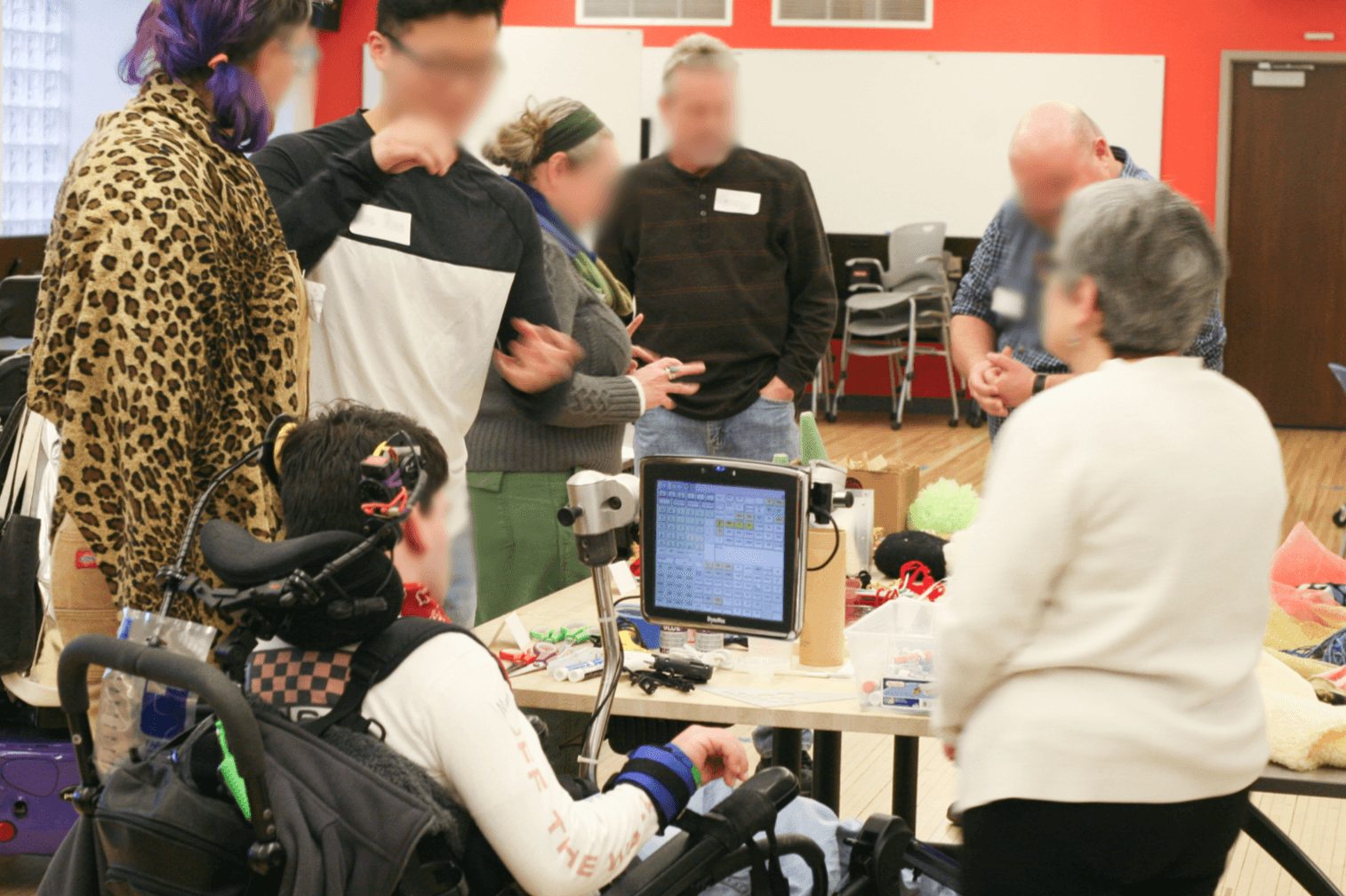

Amy Pavel, Gabriel Reyes, Jeffrey P. Bigham
UIST 2020

Jaylin Herskovitz, Jason Wu, Samuel White, Amy Pavel, Gabriel Reyes, Anhong Guo, Jeffrey P. Bigham
ASSETS 2020

Cole Gleason, Amy Pavel, Himalini Gururaj, Kris M. Kitani, Jeffrey P. Bigham
ASSETS 2020


Cole Gleason, Amy Pavel, Emma McCamey, Christina Low, Patrick Carrington, Kris M. Kitani, Jeffrey P. Bigham
CHI 2020

Stephanie Valencia, Amy Pavel, Jared Santa Maria, Seunga (Gloria) Yu, Jeffrey P. Bigham, Henny Admoni
CHI 2020
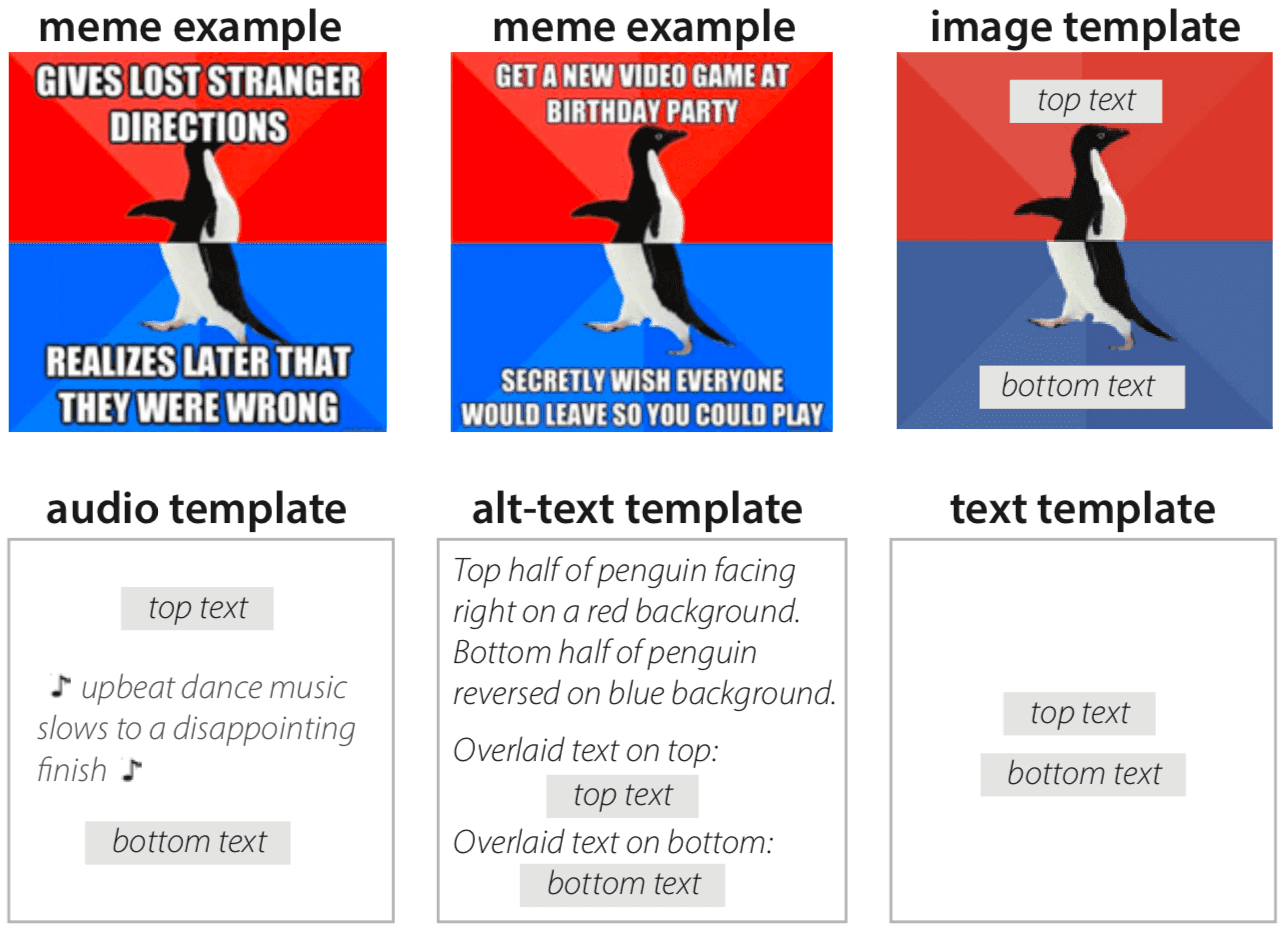
Cole Gleason, Amy Pavel, Xingyu Liu, Patrick Carrington, Lydia Chilton, Jeffrey P. Bigham
ASSETS 2019
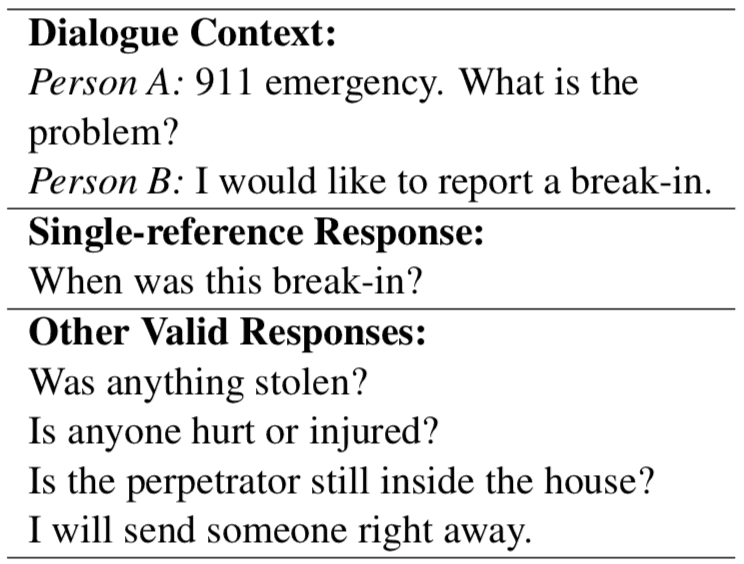
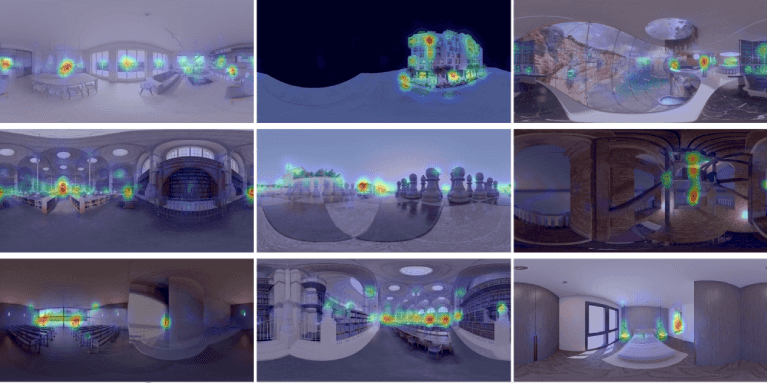

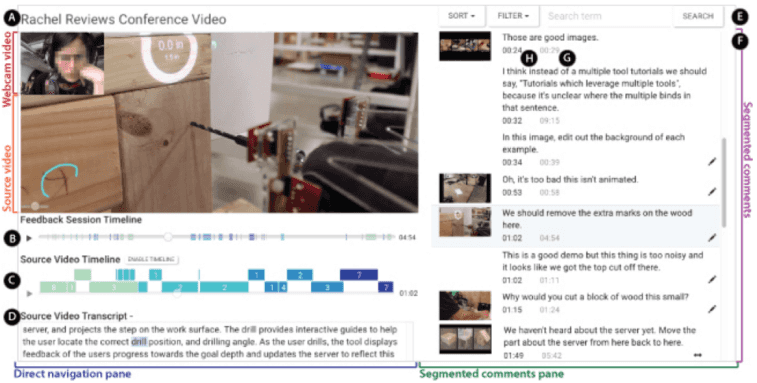
Amy Pavel, Dan B Goldman, Björn Hartmann, Maneesh Agrawala
UIST 2016

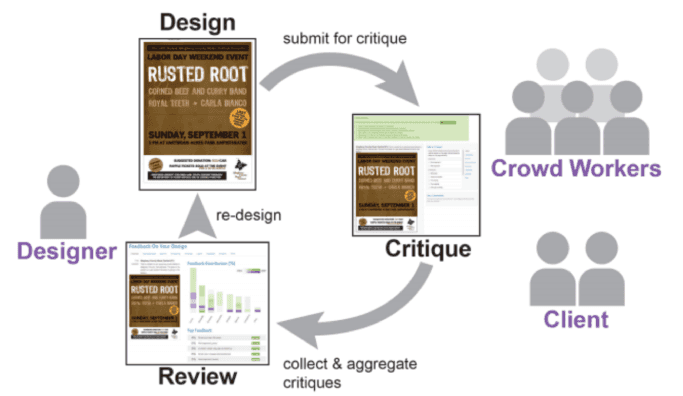
Kurt Luther, Jari-lee Tolentino, Wei Wu, Amy Pavel, Brian P Bailey, Maneesh Agrawala, Björn Hartmann, Steven Dow
CSCW 2015
Thesis and Technical Reports

Amy Pavel
PhD in Computer Science, University of California, Berkeley
Advisors: Bjoern Hartmann and Maneesh Agrawala
Additional committee members: Eric Paulos, Abigail De Kosnik
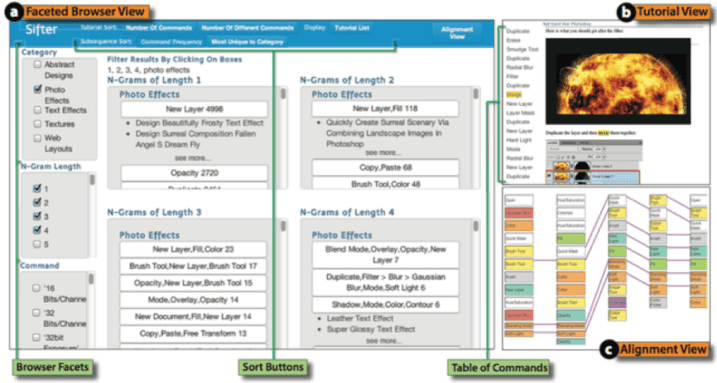
Amy Pavel, Floraine Berthouzoz, Björn Hartmann, Maneesh Agrawala
UC Berkeley Technical Report, EECS-2013-167
Posters and Workshops
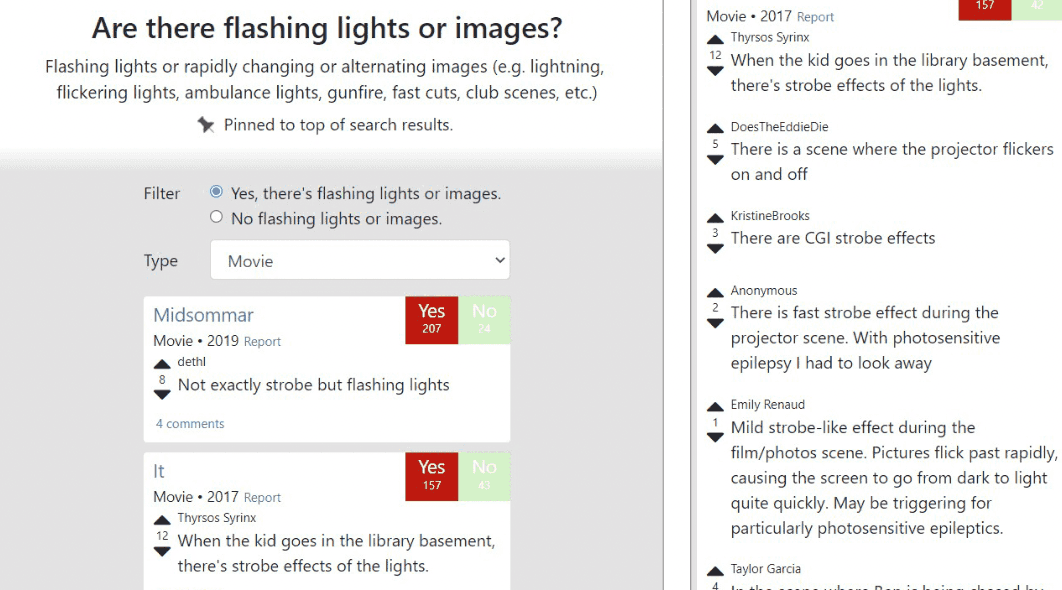
Laura South, Caglar Yildirim, Amy Pavel, Michelle A. Borkin
CHI 2023 (Extended Abstract)

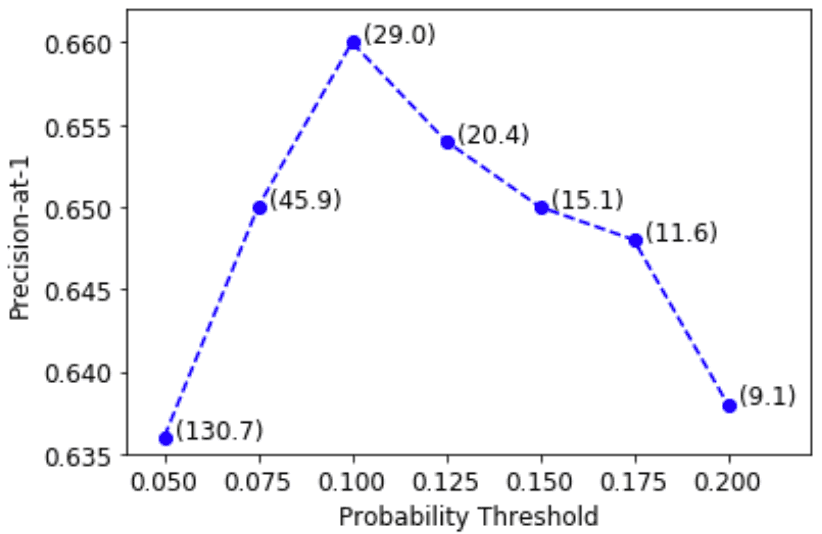
Kundan Krishna, Amy Pavel, Benjamin Schloss, Jeffrey P. Bigham, Zachary Lipton
W3PHIAI 2020 Workshop Paper

Kurt Luther, Amy Pavel, Wei Wu, Jari-lee Tolentino, Maneesh Agrawala, Björn Hartmann, Steven Dow
CSCW 2014
Work
Assistant Professor — University of Texas at Austin
Department of Computer Science
January 2022 —
Research Scientist (50% time) — Apple Inc
AI/ML
Machine Intelligence Accessibility Group
July 2019 — January 2022
Postdoctoral Fellow (50% time) — Carnegie Mellon University
HCII
Supervised by Professor Jeffrey P. Bigham
January 2019 — October 2021
Graduate Researcher — UC Berkeley
Visual Computing Lab
Advised by Professors Björn Hartmann and Maneesh Agrawala
September 2013 — January 2019
Research Intern — Adobe
Creative Technologies Lab
Advised by Principal Scientist Dan Goldman
Summer 2014, Summer 2015
Undergraduate Researcher — UC Berkeley
BiD Lab, Visual Computing Lab
Advised by Professors Björn Hartmann and Maneesh Agrawala
June 2011 — September 2013
Teaching
Instructor — UT Austin
CS 395T: Human-Computer Interaction Research
Fall 2023
Instructor — UT Austin
CS 378: Introduction to Human-Computer Interaction
Spring 2023
Graduate student instructor — UC Berkeley
CS 160: User interface design and development
Summer 2017
Teacher — UC Berkeley
Berkeley Engineers and Mentors
2009 - 2010
